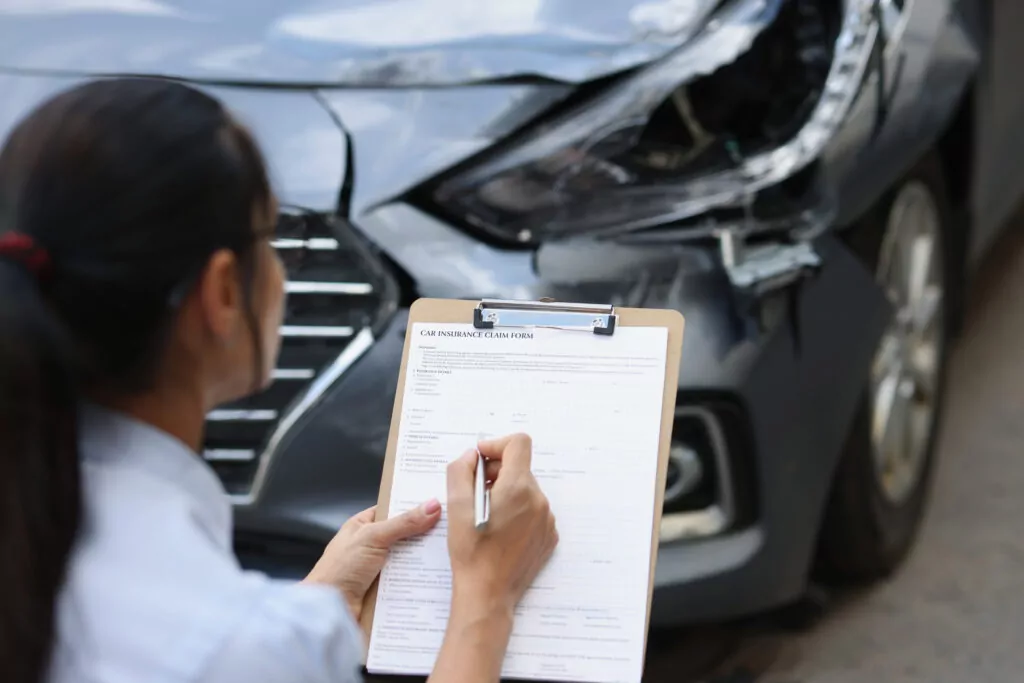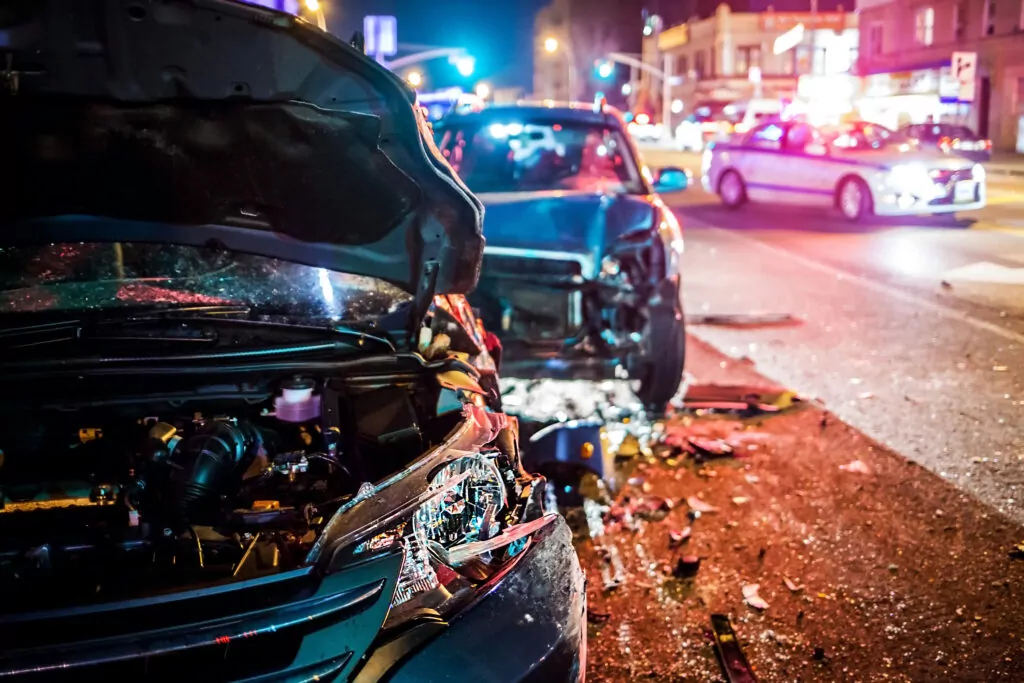How Is Car Accident Fault Actually Determined?
The NHTSA estimates that 31,720 people died in auto accidents between the months of January and September of 2021. This estimate excludes people non-fatally injured in auto accidents in the same period.
Each surviving victim involved in these thousands of accidents is likely asking themselves: “Who is at fault for the crash?” Unfortunately for these people, determining a car accident fault isn’t as cut and dry as it may seem.
For this reason, the article below delves into all you need to know about determining fault after a car accident. By having this information, you put yourself in a better position to get the highest compensation for your damages. Keep reading to learn more about the subject and how you can get the most out of your compensation.
The Basics of Determining Car Accident Fault
Determining fault in a car accident is not as simple as doing an investigation. But, before exploring the complexities of auto accident fault, there are two key legal terms to be aware of: duty of care and comparative negligence.
Duty of Care
In the context of the law, a duty of care refers to a person’s responsibility to provide another person with a reasonable standard of care. So as a driver, you have a duty of care to drive safely and not put others around you in danger.
For example, if you veer into traffic and cause a collision, you are then breaching your duty of care. Therefore, you can be held legally responsible for the damages you inflict on the other person or persons in the collision. If you are legally responsible, then it’s up to you or your insurance company to pay for the other person’s damages.
Comparative Negligence
The law states that a person who is at fault for causing an auto accident “acted with negligence.” The law bases comparative negligence on the belief that two parties can be at fault for a personal injury accident. Following that logic, comparative negligence is a legal rule that lowers a plaintiff’s recovery in proportion to their degree of fault in causing the damage.
Types of Fault
There are variations of comparative negligence practiced in every state. You may view which type of fault your state practices through a simple online search.
Contributory Negligence
According to contributory negligence, if you contribute to causing the accident in any way, then you can’t sue the other party who may be equally or more at fault.
Legal professionals consider this type of fault to be the most severe.
Pure Comparative Negligence
In contrast to the previous variation, all parties can seek recovery for damages regardless of auto accident fault under the rule of pure comparative negligence. Legal professionals consider pure comparative negligence to be the most forgiving type of fault.
Other Types of Comparative Negligence
There are three distinct variations of the comparative negligence rule practiced by various states: the 50 percent rule, 51 percent rule, and slight versus gross negligence.
Under the 50 percent rule, you lose your right to seek compensation if you are 50 percent or less at fault for the car accident. The 51 percent rule is almost the same except for a single percentage.
The third and least common variation is the slight versus gross negligence rule. Under this rule, you must be no more than “slightly” at fault for the accident in comparison to the defendant to receive compensation for your damages.
How the Police Determine Fault
Once you report your car accident to the police, they will investigate the incident. Then, they will prepare a police report with the details of what they find. The police will state who they find is at fault for the car accident based upon their investigation in the final police report.
It’s important to note that even if the police report states that you are at fault for the accident doesn’t mean that you will be held responsible for the incident if there were to be a lawsuit.
How the Insurance Companies Determine Fault
Following a car accident, it’s in your best interest to file a claim with your insurance company to cover your damages if possible.
After the insurance company receives your claim, they will assign it to an insurance adjuster. The insurance adjuster will then will begin investigating the facts of your case. If they determine that the other party is at fault, then the insurance adjuster will seek an insurance payout from the party’s insurance provider.
How the Court Determines Fault
Many car accident claims settle outside of court.
However, if your case goes to court, then the assigned judge or jury will determine fault by considering whether the defendant’s actions were negligent and a direct cause of the accident. Whoever the court determines is at fault for the car accident will have to pay the other party either out of pocket or by using their insurance coverage to cover their damages.
No-Fault Car Insurance States
A no-fault state is a state that requires drivers to have a minimum amount of personal injury protection coverage, also called PIP coverage. Furthermore, the state requires drivers to file a claim with their own insurance company to cover the cost of their own injuries after a car accident.
The intention behind no-fault car insurance is to ensure that you can get financial compensation for your injuries after an accident regardless of fault or not.
Focus on Your Recovery
Determining car accident fault isn’t always black and white. Legal practices differ by state, which is why knowing which policy your state practices is crucial to your case.
If you have further questions about determining fault in a car accident or would like to talk to a personal injury lawyer about filing a personal injury claim, then reach out to our law firm.





